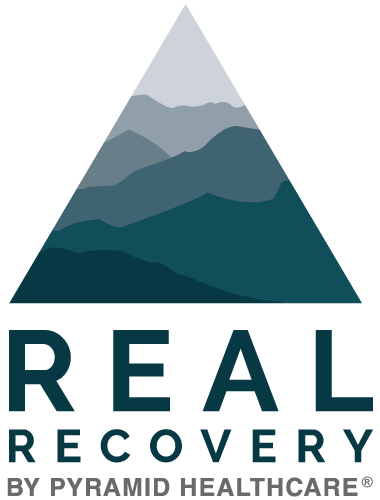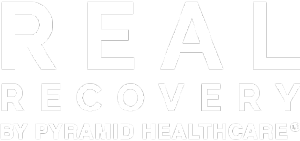Drugs are classified based on their effects on the body. Stimulants trigger the central nervous system and enhance sensations of focus and alertness. Depressants have the opposite effect, slowing down those signals and instead promoting a sense of calm.
Stimulants and depressants, also known in their slang terms as “uppers” and “downers,” do have medical benefits for the body, but must be used as prescribed in order to avoid misuse and allow you to effectively benefit from their full effects.
One such substance, Xanax, is known for its benefits of managing anxiety symptoms, but needs careful and considerate dosing in order to prevent this downer from becoming an addictive issue.
What is Xanax?
Xanax (generic name “alprazolam”) is a benzodiazepine that “works by enhancing the activity of certain neurotransmitters in the brain. Xanax is used to treat anxiety disorders and anxiety caused by depression. Xanax is also used to treat panic disorders with or without a fear of places and situations that might cause panic, helplessness, or embarrassment (agoraphobia).”
Alprazolam is scheduled by the DEA as a Schedule IV drug meaning, “Schedule IV drugs, substances, or chemicals are defined as drugs with a low potential for abuse and low risk of dependence.” Those who are prescribed Xanax are most often given the lowest effective dose, meaning addiction risk is lowered and symptoms are still effectively controlled.
That being said, Xanax still does have the potential for abuse, especially when used in combination with stimulants, if consumed more frequently or at a higher dose than prescribed, or if the drug is taken without a prescription/someone else’s medication is consumed.
For this reason, it is crucial to successful symptom management, and in the best interests of preventing addiction, to take Xanax only as prescribed and to remain aware of potential side effects in order to prevent abuse. This will help you reap the benefits of this medication without increasing the risk of your body becoming addicted.
What are uppers and downers?
Drugs are often referred to as uppers or downers based on the effects they have on the body. For example, an upper would be substances known to increase focus and alertness, such as Adderall, cocaine, methamphetamine and ecstasy. Also known as stimulants, uppers stimulate the mind and body to a heightened level of sensation and emotion.
Uppers may also boost libido and mood. Sometimes, individuals will use uppers to counteract the effects of downers, such as alcohol; this roller coaster of chemical combinations, however, is incredibly hard on the body and over-stimulates the central nervous system in an unhealthy way.
On the other hand, downers work on the central nervous system (CNS) to depress heightened emotions and instead promote a sense of relaxation and drowsiness. They work to reduce pain, but also slow down the messages between the CNS and brain, increasing sedation. This also leads to a decreased heart rate and respiratory rate.
Examples of downers include alcohol, benzodiazepines (including Xanax and Klonopin), fentanyl, heroin and prescription opioids. “Larger doses can cause slurred speech, staggering gait, poor judgment, and slow, uncertain reflexes. These effects make it dangerous to drive a car or operate machinery. Large doses can cause unconsciousness and death.”
No matter what kind of medication is being used, it is crucial to take it only as instructed in order to prevent these potentially fatal side effects.
Signs of Xanax misuse
Xanax, as a downer, does have the potential for misuse as individuals may seek its calming effects to inappropriately self-medicate. Certain signs will begin to present themselves if Xanax misuse is occurring.
You may notice some of the following signs in yourself or your loved one if Xanax abuse is occurring:
- Needing to take a more frequent or higher dose of the medication to get the same effect – if this occurs, contact your physician and have a conversation with them about the medication’s waning effectiveness and see if other options to help manage symptoms are available
- Finding yourself using someone else’s medication
- Using Xanax in combination with other substances to enhance effects
- Experiencing financial challenges as a result of spending too much money on obtaining the drug
- Withdrawing from friends/family/social situations which you previously enjoyed
- Doctor hopping in order to obtain additional, unneeded prescriptions
- Trying to stop using Xanax on your own without success
- Experiencing withdrawal symptoms when you skip a dose or try to quit using Xanax on your own
- Experiencing cravings for the drug
- A drop in grades at school, a decrease in work performance or an overall increase in tardiness/absenteeism
Not all of these symptoms will present themselves, but knowing the possible signs of misuse can help prevent addiction from occurring by cluing you into getting the help you may need.
Do you need support to overcome Xanax abuse?
Addiction is a challenging thing to overcome on one’s own, but with the right help, you can find freedom and recovery. If you are struggling with Xanax misuse, or prescription medication misuse in any way, contact Real Recovery. Our team of counselors is here to help you reorient yourself and get back to healthy living.
To get in touch with a counselor today, contact Real Recovery by calling 855-363-7325 or by contacting us online anytime to learn more.





